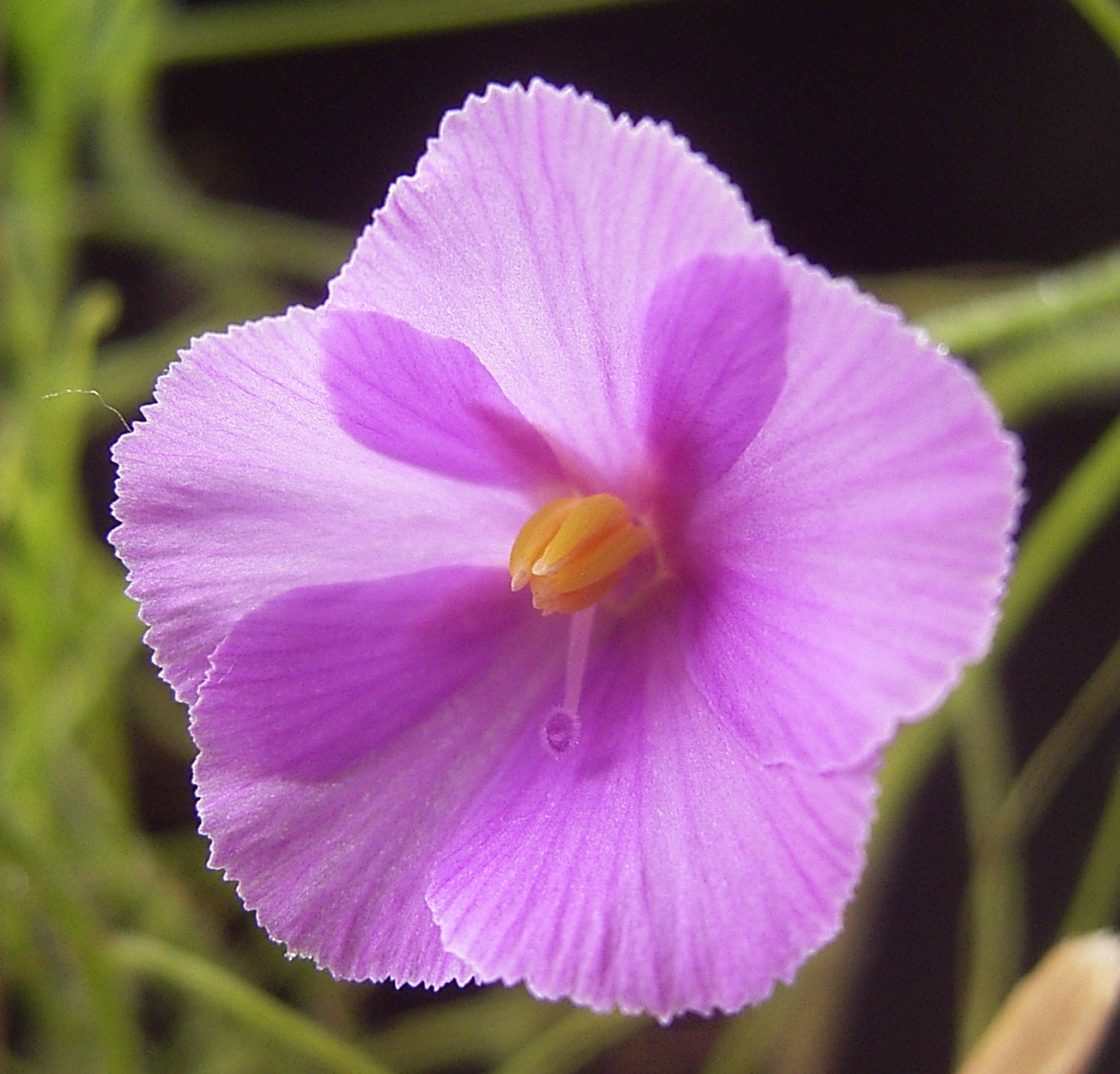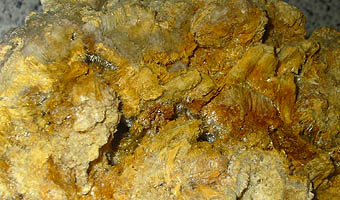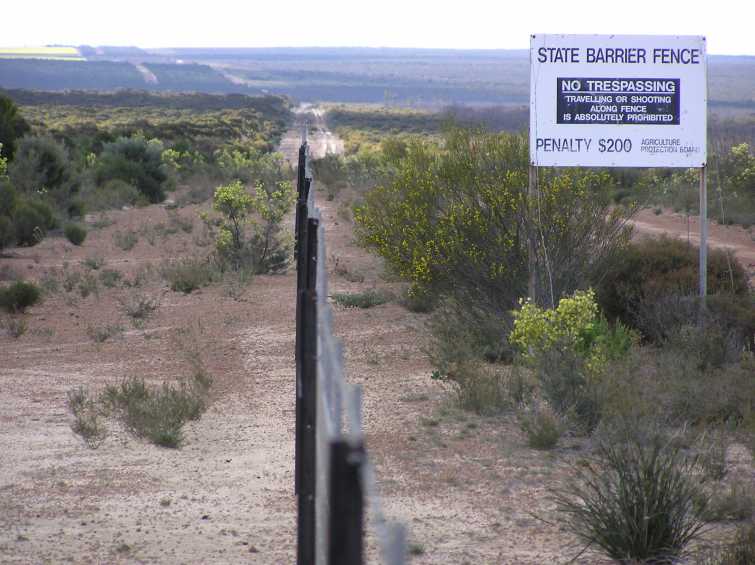|
Campion, Western Australia
Campion is an abandoned townsite in the Wheatbelt region of Western Australia, located in the Shire of Nungarin on the Koorda–Bullfinch Road. It is situated within the locality of Chandler, with the closest town being Mukinbudin. History Agricultural settlement in the Campion district began in the early 1920s, with migrants and soldier-settlers being employed as clearing contractors by the Agricultural Bank of Western Australia and staying on to purchase their own blocks. The area was originally known as the East Lake Brown district, with nearby Lake Brown being one of a series of intermittent lakes in the area surveyed by John Septimus Roe in 1836 and named after Colonial Secretary Peter Broun. It was renamed Campion in 1925 after Sir William Campion, the newly appointed governor of Western Australia. A state school was built in Campion in 1925 and opened by the local member of parliament Harry Griffiths, with around 100 people in attendance. The Campion townsite w ... [...More Info...] [...Related Items...] OR: [Wikipedia] [Google] [Baidu] |
Shire Of Nungarin
The Shire of Nungarin is a Local government areas of Western Australia, local government area in the Wheatbelt (Western Australia), Wheatbelt region of Western Australia, and with a population of 255 as of the , is one of the nation's least populous. It is located about north of Merredin, Western Australia, Merredin and about east of the state capital, Perth. The Shire covers an area of , and its seat of government is the town of Nungarin, Western Australia, Nungarin. History Initially, Nungarin was governed by the Shire of Kellerberrin, Kellerberrin Road Board. In 1911, responsibility for the area was transferred to the Shire of Merredin, Merredin Road Board. The Shire of Nungarin originated as the Nungarin Road District, which was gazetted on 24 March 1921. It was originally much larger, extending north into what is now the Shire of Mount Marshall until losing a section to that road board on 6 July 1923. In 1933, it included the Bonnie Rock, Western Australia, Bonnie Roc ... [...More Info...] [...Related Items...] OR: [Wikipedia] [Google] [Baidu] |
Peter Broun
Peter Nicholas Broun (17 August 1797 – 5 November 1846), known for most of his life as Peter Nicholas Brown, was the first Colonial Secretary of Western Australia, and a member of Western Australia's first Legislative Council. Early life Peter Broun was born in Guernsey on 17 August 1797, son of William Broun, who was the brother of Sir James Broun, the 7th baronet of Colstoun and Thornydykes, and Nancy Mainguy. Peter Broun was descended from Sir George Broun, the 3rd baronet, who lived in two of the family estates, Thornydyke Castle and Bassendean, in Berwickshire. Broun spent his early life in Scotland as a gentleman clerk. In 1825 he married Caroline Simpson. They were to have three sons and five daughters. Colonial Secretary On 30 September 1828, Lieutenant-Governor James Stirling made a number of appointments to important public service positions for the planned colony of Western Australia, including appointing Peter Broun to the position of Colonial Secretary at a ... [...More Info...] [...Related Items...] OR: [Wikipedia] [Google] [Baidu] |
Byblidaceae
''Byblis'' ( ) is a small genus of carnivorous plants, sometimes termed the rainbow plants for the attractive appearance of their mucilage-covered leaves in bright sunshine. Native to Australia and New Guinea, it is the only genus in the family Byblidaceae. The first species in the genus was described by the English botanist Richard Anthony Salisbury in 1808. Eight species are now recognised. ''Byblis'' species look very similar to ''Drosera'' and ''Drosophyllum'', but are distinguished by their zygomorphic flowers, with five curved stamens off to one side of the pistil. These genera are in fact not closely related; modern classifications place ''Byblis'' in the Lamiales, while the sundews and ''Drosophyllum'' are now placed in the Caryophyllales. Plant characteristics All species of the genus form upright growth supported by a weak, fibrous root system. The genus can be divided into two groups or "complexes": The ''B. liniflora'' complex and the ''B. gigantea'' complex. Lea ... [...More Info...] [...Related Items...] OR: [Wikipedia] [Google] [Baidu] |
Carnivorous Plant
Carnivorous plants are plants that derive some or most of their nutrients from trapping and consuming animals or protozoans, typically insects and other arthropods, and occasionally small mammals and birds. They have adapted to grow in waterlogged sunny places where the soil is thin or poor in nutrients, especially nitrogen, such as acidic bogs. They can be found on all continents except Antarctica, as well as many Pacific islands. In 1875, Charles Darwin published '' Insectivorous Plants'', the first treatise to recognize the significance of carnivory in plants, describing years of painstaking research. True carnivory is believed to have evolved independently at least 12 times in five different orders of flowering plants, and is represented by more than a dozen genera. This classification includes at least 583 species that attract, trap, and kill prey, absorbing the resulting available nutrients. Venus flytraps (''Dionaea muscipula''), pitcher plants, and bladderworts ('' ... [...More Info...] [...Related Items...] OR: [Wikipedia] [Google] [Baidu] |
Alunite
Alunite is a hydroxylated aluminium potassium sulfate mineral, formula potassium, Kaluminium, Al3(sulfur, Soxygen, O4)2(Ohydrogen, H)6. It was first observed in the 15th century at Tolfa, near Rome, where it was mined for the manufacture of alum. First called ''aluminilite'' by Jean-Claude Delamétherie, J.C. Delamétherie in 1797, this name was contracted by François Sulpice Beudant, François Beudant three decades later to alunite. Alunite crystals morphologically are rhombohedron, rhombohedra with interfacial angles of 90° 50', causing them to resemble cubes. Crystal symmetry is trigonal. Minute glistening crystals have also been found loose in cavities in altered rhyolite. Alunite varies in color from white to yellow gray. The hardness on the Mohs scale is 4 and the specific gravity is between 2.6 and 2.8. It is insoluble in water or weak acids, but soluble in sulfuric acid. Sodium can substitute for potassium in the mineral, and when the sodium content is high, is call ... [...More Info...] [...Related Items...] OR: [Wikipedia] [Google] [Baidu] |
Emu War
The Emu War (or Great Emu War) was a nuisance wildlife management military operation undertaken in Australia over the later part of 1932 to address public concern over the number of emus, large flightless birds indigenous to Australia, said to have been destroying crops in the Campion district within the Wheatbelt of Western Australia. The unsuccessful attempts to curb the emu population employed Royal Australian Artillery soldiers armed with Lewis guns—leading the media to adopt the name "Emu War" when referring to the incident. Although many birds were killed, the emu population persisted and continued to cause crop destruction. Background Following World War I, large numbers of discharged veterans who served in the war were given land by the Australian government to take up farming within Western Australia, often in agriculturally marginal areas. With the onset of the Great Depression in 1929, these farmers were encouraged to increase their wheat crops, with the gove ... [...More Info...] [...Related Items...] OR: [Wikipedia] [Google] [Baidu] |
Great Depression In Australia
Australia was affected badly during the period of the Great Depression of the 1930s. The Depression began with the Wall Street crash of 1929 and rapidly spread worldwide. As in other nations, Australia had years of high unemployment, poverty, low profits, deflation, plunging incomes, and lost opportunities for economic growth and personal advancement. The Australian economy and foreign policy largely rested upon its place as a primary producer within the British Empire, and Australia's important export industries, particularly primary products such as wool and wheat, suffered significantly from the collapse in international demand. Unemployment reached a record high of around 30% in 1932, and gross domestic product declined by 10% between 1929 and 1931. There were also incidents of civil unrest, particularly in Australia's largest city, Sydney. Though Australian Communist and far right movements were active in the Depression, they remained largely on the periphery of Australia ... [...More Info...] [...Related Items...] OR: [Wikipedia] [Google] [Baidu] |
Returned And Services League Of Australia
The Returned and Services League of Australia, also known as RSL, RSL Australia and the RSLA, is an independent support organisation for people who have served or are serving in the Australian Defence Force. History The League was formed in 1916 in response to the lack of a unified approach with Australian repatriation facilities and medical services for those returning from World War I. On 6 June 1916, a meeting of representatives from New South Wales, Queensland, South Australia and Victoria resolved to form The Returned Sailors and Soldiers Imperial League of Australia (RSSILA).A Tasmanian representative was unable to attend but Tasmania nevertheless joined with Queensland, South Australia and Victoria as a founding member of the League. New South Wales was admitted to the League the following year and Western Australia in 1918. In 1927, the Australian Capital Territory formed a branch and was admitted. Their intention was to lobby for better benefits, treatment and w ... [...More Info...] [...Related Items...] OR: [Wikipedia] [Google] [Baidu] |
Ward (electoral Subdivision)
A ward is a local authority area, typically used for electoral purposes. In some countries, wards are usually named after neighbourhoods, thoroughfares, parishes, landmarks, geographical features and in some cases historical figures connected to the area (e.g. William Morris Ward in the London Borough of Waltham Forest, England). It is common in the United States for wards to simply be numbered. Origins The word "ward", for an electoral subdivision, appears to have originated in the Wards of the City of London, where gatherings for each ward known as "wardmotes" have taken place since the 12th century. The word was much later applied to divisions of other cities and towns in England and Wales and Ireland. In parts of northern England, a ''ward'' was an administrative subdivision of a county, very similar to a hundred in other parts of England. Present day In Australia, Canada, New Zealand, South Africa, Sri Lanka, the United Kingdom, and the United States, wards are an e ... [...More Info...] [...Related Items...] OR: [Wikipedia] [Google] [Baidu] |
State Barrier Fence Of Western Australia
The State Barrier Fence of Western Australia, formerly known as the Rabbit-Proof Fence, the State Vermin Fence, and the Emu Fence, is a pest-exclusion fence constructed between 1901 and 1907 to keep rabbits, and other agricultural pests from the east, out of Western Australian pastoral areas. There are three fences in Western Australia: the original No. 1 Fence crosses the state from north to south, No. 2 Fence is smaller and further west, and No. 3 Fence is smaller still and runs east–west. The fences took six years to build. When completed, the rabbit-proof fence (including all three fences) stretched . The cost to build each kilometre of fence at the time was about $250 (). When it was completed in 1907, the No. 1 Fence was the longest unbroken fence in the world. History Rabbits were introduced to Australia by the First Fleet in 1788. They became a problem after October 1859, when Thomas Austin released 24 wild rabbits from England for hunting purposes, believing " ... [...More Info...] [...Related Items...] OR: [Wikipedia] [Google] [Baidu] |
Wyalkatchem To Mukinbudin Railway Line
The Wyalkatchem to Southern Cross railway line is a partially operational railway line, operated by Arc Infrastructure, in the Wheatbelt region of Western Australia, once connecting Wyalkatchem with Southern Cross. Of the former long railway, only the western part, the long section from Wyalkatchem to Mukinbudin is still operational as the Wyalkatchem to Mukinbudin railway line. At Wyalkatchem, the railway line connects to the Goomalling to West Merredin railway line, with only the Goomalling to Wyalkatchem section of this line still being operational. At Mukinbudin, the line now terminates while, in the past, it extended all the way to Southern Cross, where it connected to the Eastern Goldfields Railway. History At the eastern end of the Wyalkatchem to Southern Cross railway line, the Eastern Goldfields Railway to Southern Cross had been completed in 1894. At the western end, the Goomalling to West Merredin railway line, passing through Wyalkatchem, was constructed in t ... [...More Info...] [...Related Items...] OR: [Wikipedia] [Google] [Baidu] |









